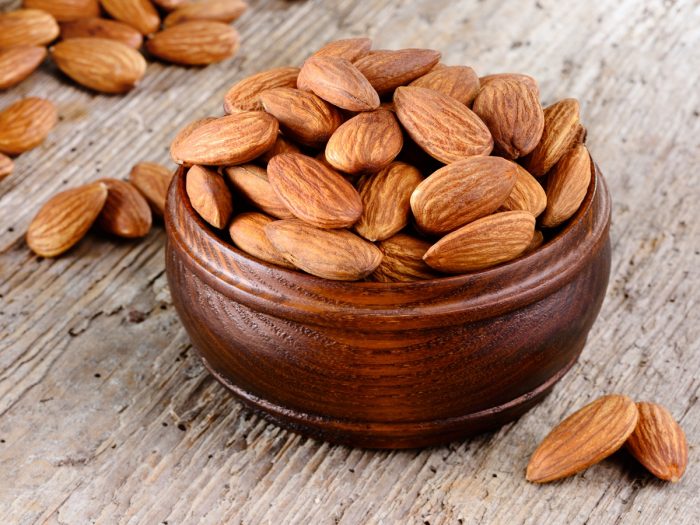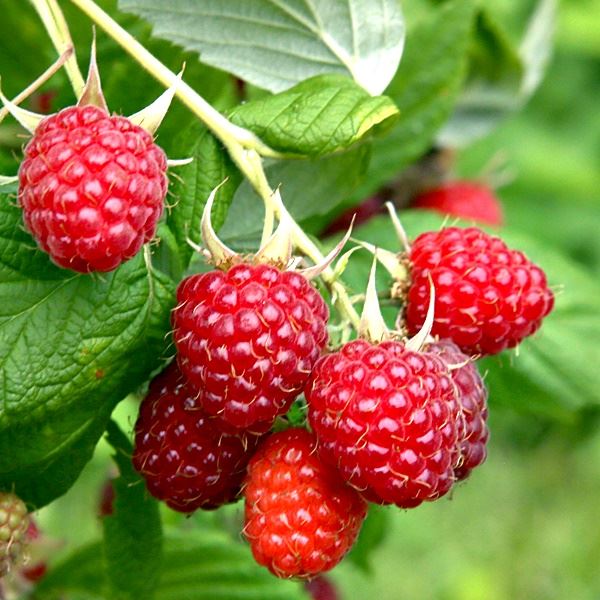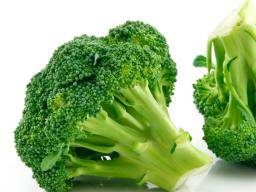It is the generation of getting fit and in the process of doing so, people tend to cut back on carbs and getting high on fiber. Low carb diets have various health benefits like reducing hunger and aiding weight loss. It is also good to avoid low blood pressure and cholesterol levels for a long time. Low fiber means a bad digestive system. Several tasty foods are rich in fiber and low in carbs that you can include in your diet. Some of the high-fiber foods are given below.
Table of Contents
High Fiber Food You Must Eat
1. Flax seeds

2. Chia seeds

3. Avocado

Avocados have a unique buttery texture and are rich in healthy fats. Avocado is typically a fruit put it is often used as a vegetable and added to various dishes. In addition to being rich in healthy fats, avocados fall under high-fiber foods having potassium, folate, and vitamins K and C. One little avocado contains 9 grams of fiber and net carbs of 3 grams.
4. Almonds

5. Unsweetened coconut meat

Coconut meat is the white flesh inside a coconut. It is often shredded and then sold separately to be added to granola bars, desserts, and breakfast foods for texture. It is high in fiber and healthy fats while being moderately rich in carbs and proteins. It is also rich in other minerals that help in healthy bone formation and give you a happy healthy heart. One ounce of shredded, unsweetened coconut meat has 5 grams of fiber and net carbs of 2 grams.
6. Blackberries
 Blackberries are a delicious summer fruit that is incredibly nutritious. Just one cup of blackberries will provide a boost of 30% to the daily value of vitamin C. Berries are rich in antioxidants and regular intake of berries can reduce the risk of cancer, inflammation and heart diseases. Berries also aid in weight loss as it helps in fat burning and increases insulin sensitivity. 40 grams of blackberries contain 6 grams of net carbs and 7 grams of fiber. A good example of high-fiber foods.
Blackberries are a delicious summer fruit that is incredibly nutritious. Just one cup of blackberries will provide a boost of 30% to the daily value of vitamin C. Berries are rich in antioxidants and regular intake of berries can reduce the risk of cancer, inflammation and heart diseases. Berries also aid in weight loss as it helps in fat burning and increases insulin sensitivity. 40 grams of blackberries contain 6 grams of net carbs and 7 grams of fiber. A good example of high-fiber foods.
7. Raspberries

Another sweet-tart fruit for the summer season id raspberry. They are low in calories and high in several nutrients like vitamins and minerals. One cup of raspberries provides more than 50% of the DV for vitamin C and 41% of the DV for manganese. Raspberries are rich in antioxidants that reduce the risk of heart diseases. They can also be snacked and used in baked desserts.
8. Pistachios

9. Wheat bran

Wheat bran is the hard outer coating of the wheat kernel. It is naturally found in whole grains but it can also be separately purchased to add texture to baked goods, smoothies, yogurt, soups, and casseroles. It is rich in several vitamins and minerals and fiber that promote regular bowel movements. 1/4-cup of wheat bran provides 6 grams of fiber and 4 grams of net carbs.
Food to avoid when you have PCOD
10. Cauliflower

11. Broccoli

Broccoli is a popular cruciferous vegetable that’s high in several important nutrients. In addition to being low in calories, it’s high in fiber and several essential vitamins and minerals, including folate, potassium, and vitamins C and K. It also boasts more protein than many other vegetables. While it can be enjoyed cooked or raw, research shows that steaming it provides the greatest health benefits. One cup (71 grams) of raw broccoli florets provides 2 grams of fiber and 3 grams of net carbs.
12. Asparagus

A popular springtime vegetable, asparagus comes in several colors, including green, purple, and white. It’s low in calories yet high in vitamin K, providing 46% of the DV in 1 cup. The same serving also packs 17% of the DV for folate, which is vital during pregnancy and helps with cell growth and DNA formation. While it’s usually cooked, raw asparagus can add a pleasant crunch to salads and veggie platters. 34 grams of raw asparagus provides 3 grams of fiber and 2 grams of net carbs.
13. Eggplant

Also known as aubergines, eggplants are used in many dishes around the world. They add a unique texture to dishes and contain very few calories.They are also a good source of fiber and several vitamins and minerals, including manganese, folate, and potassium. One cup of raw, cubed eggplant provides 3 grams of fiber and 2 grams of net carbs.
14. Purple cabbage

Purple cabbage is also known as red cabbage and is one of the high-fiber foods, full of nutrition. It also adds to the color of your dishes. The taste is quite similar to green cabbage but it is higher in plant compounds that have been linked to health benefits. It reduces the risk of inflammation and cancer and also gives improved heart and bones. It is also low in carbs and high in fiber and is a rich source of vitamins C and K.
Everybody is different so it’s best to go see a nutritionist that will determine what your body actually needs.





















